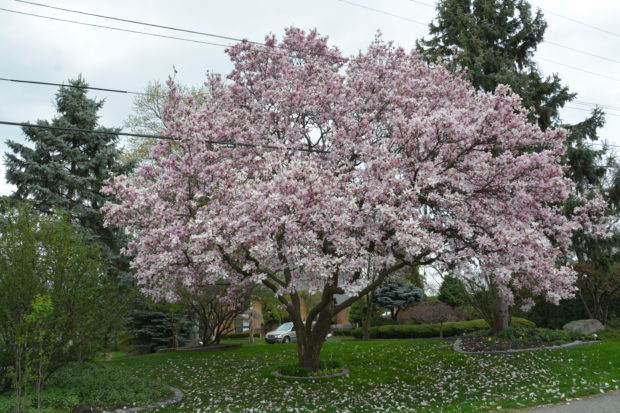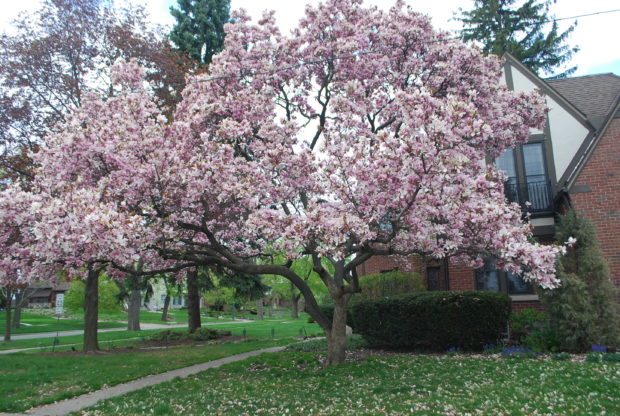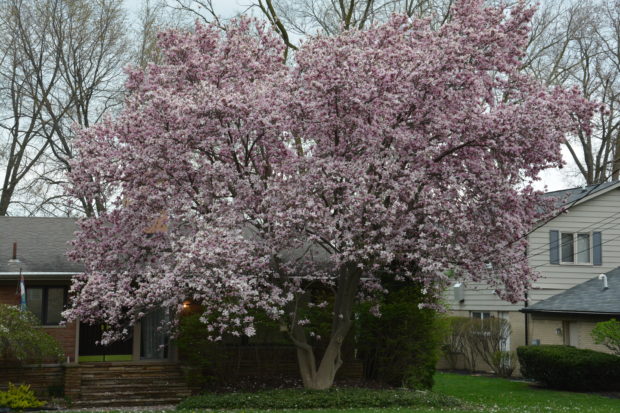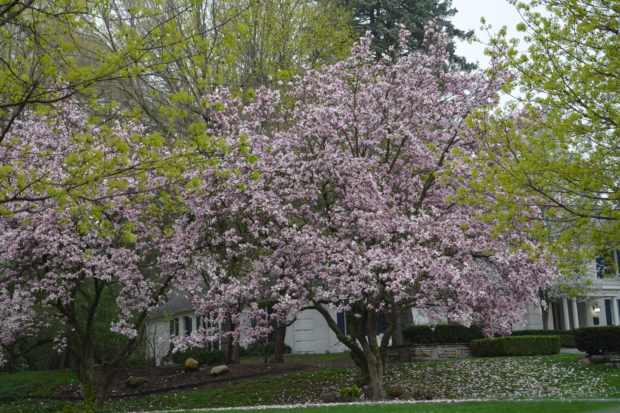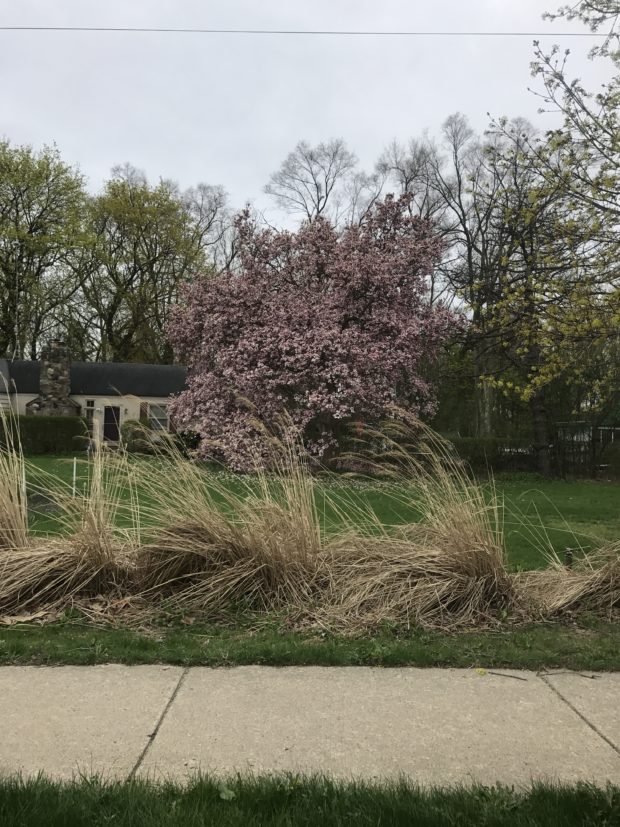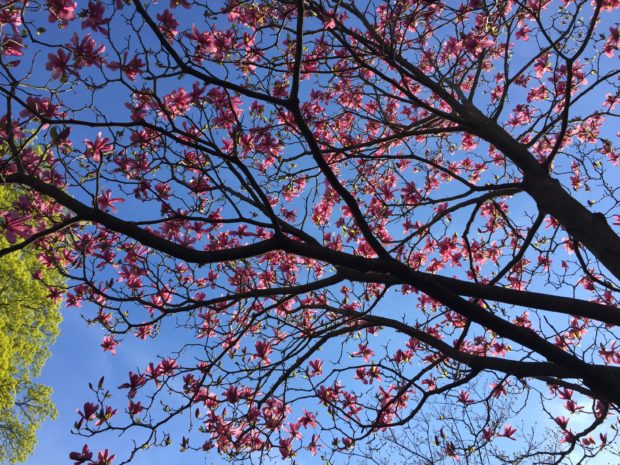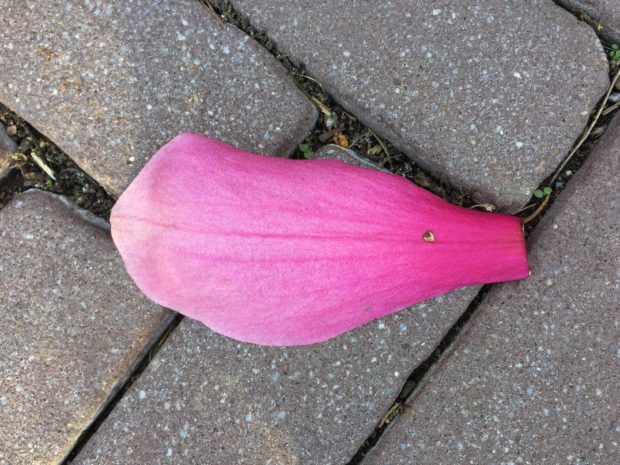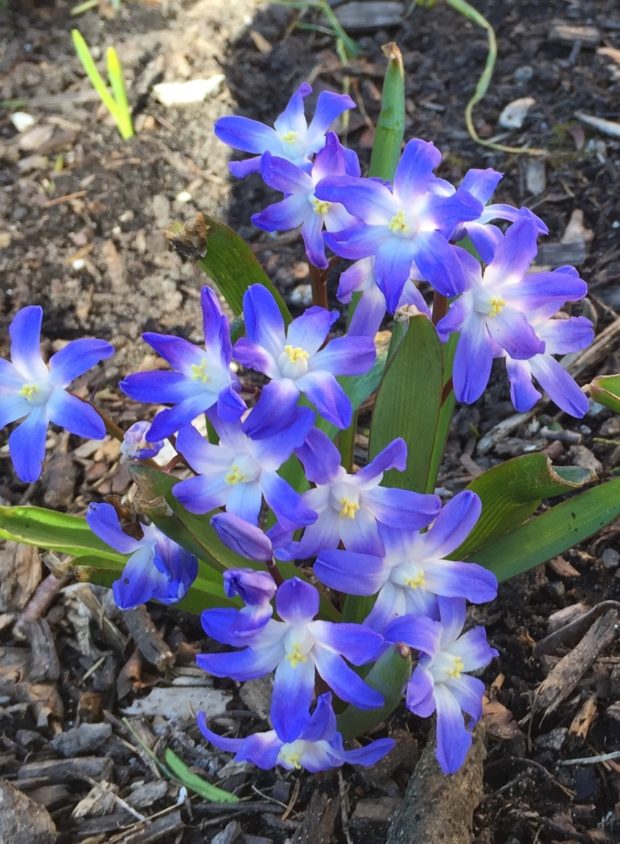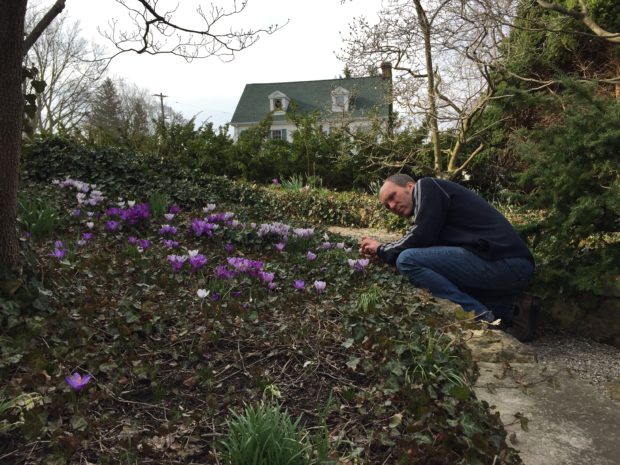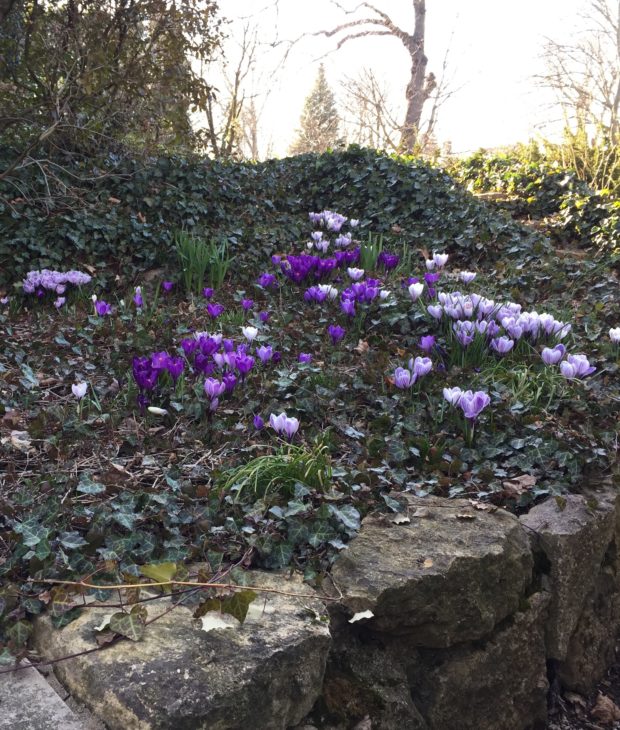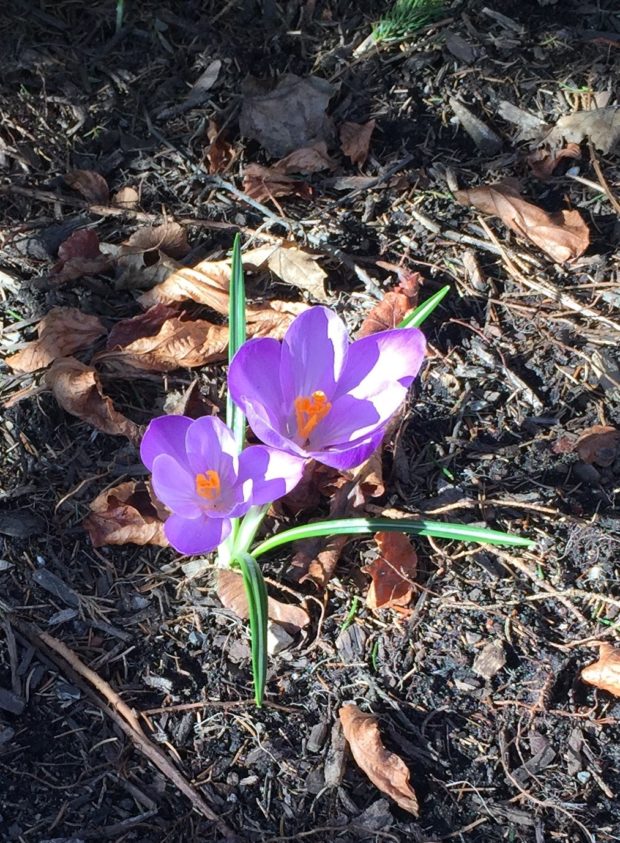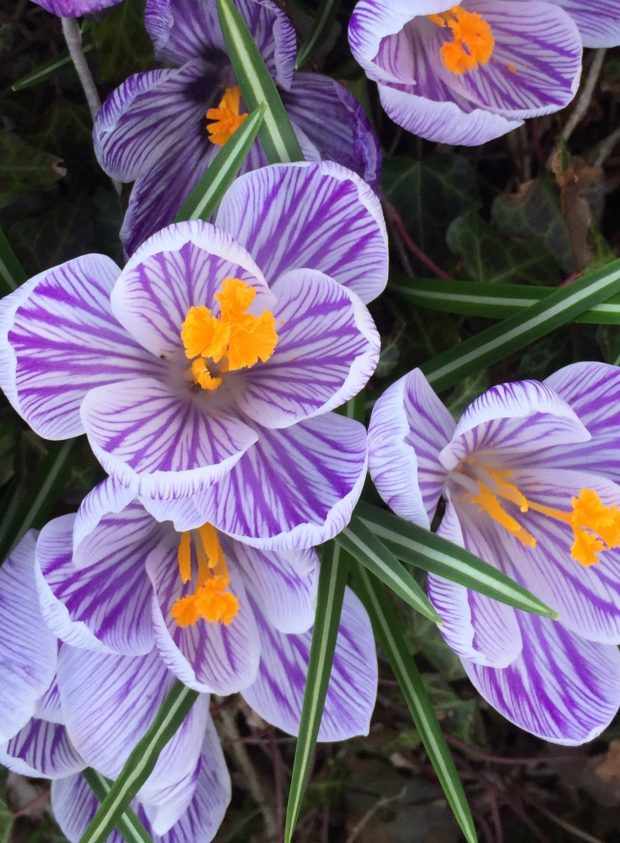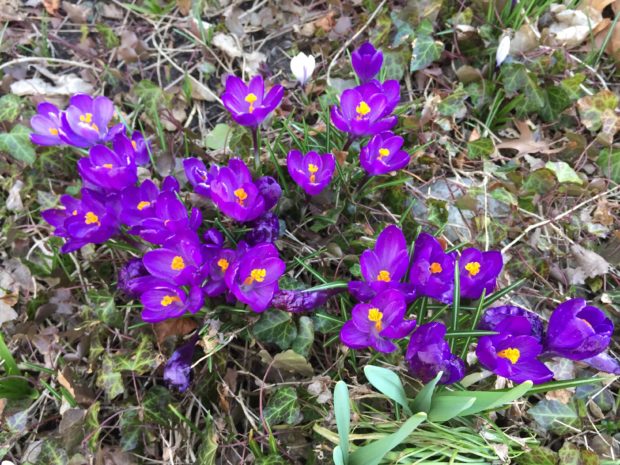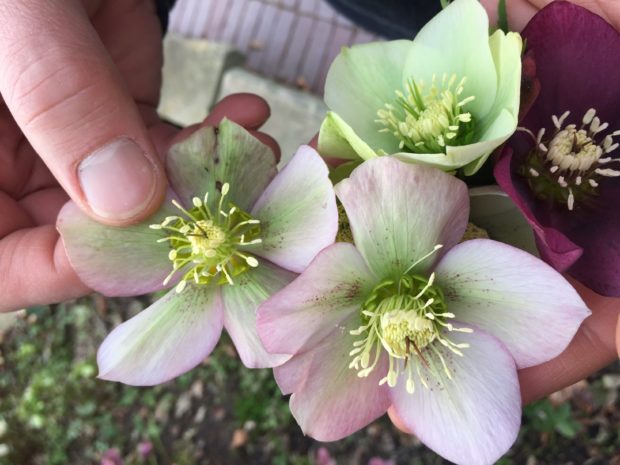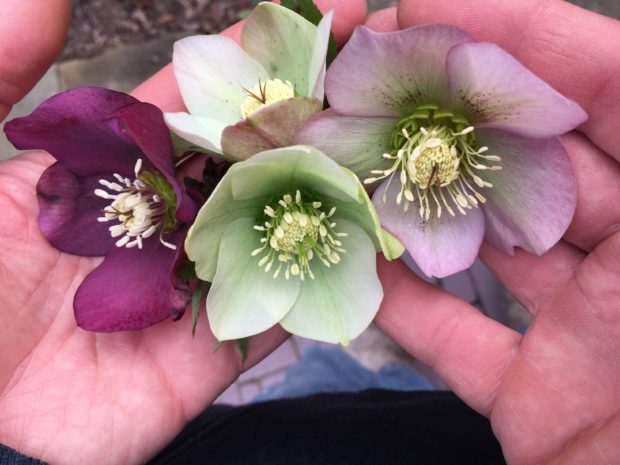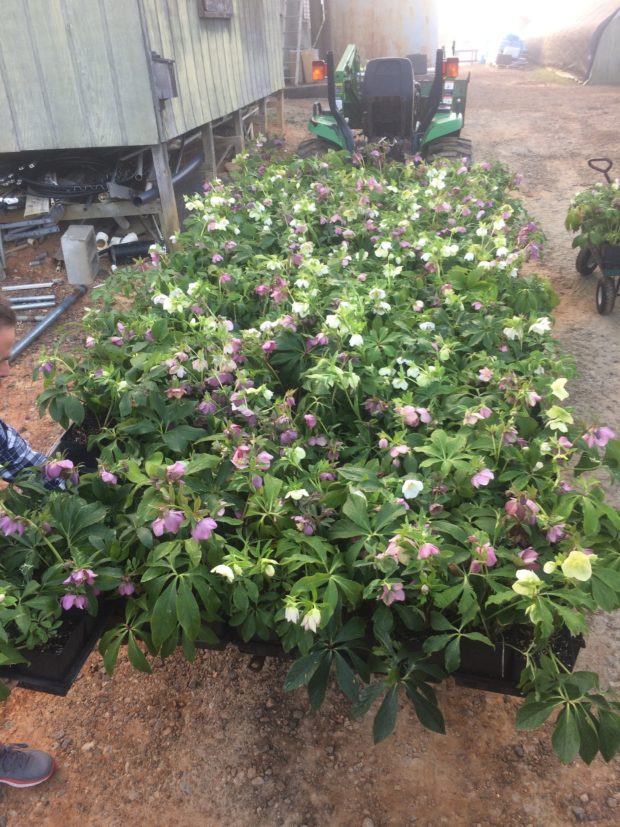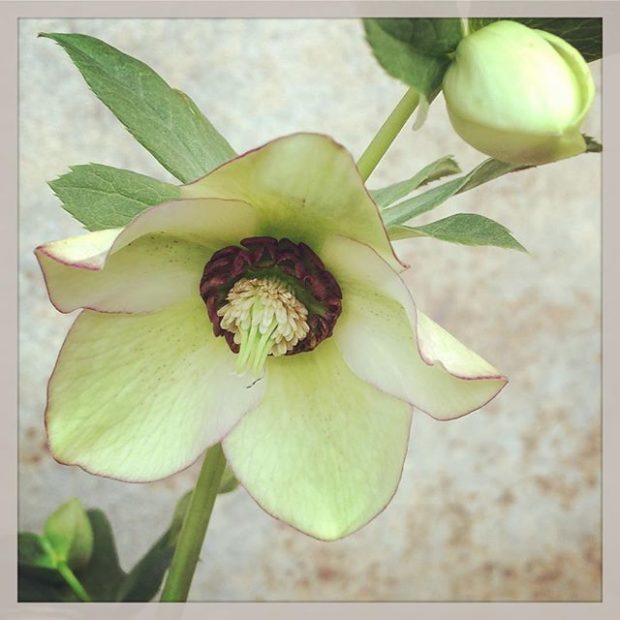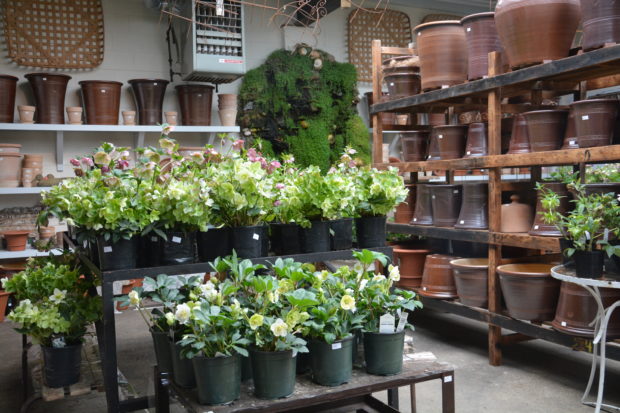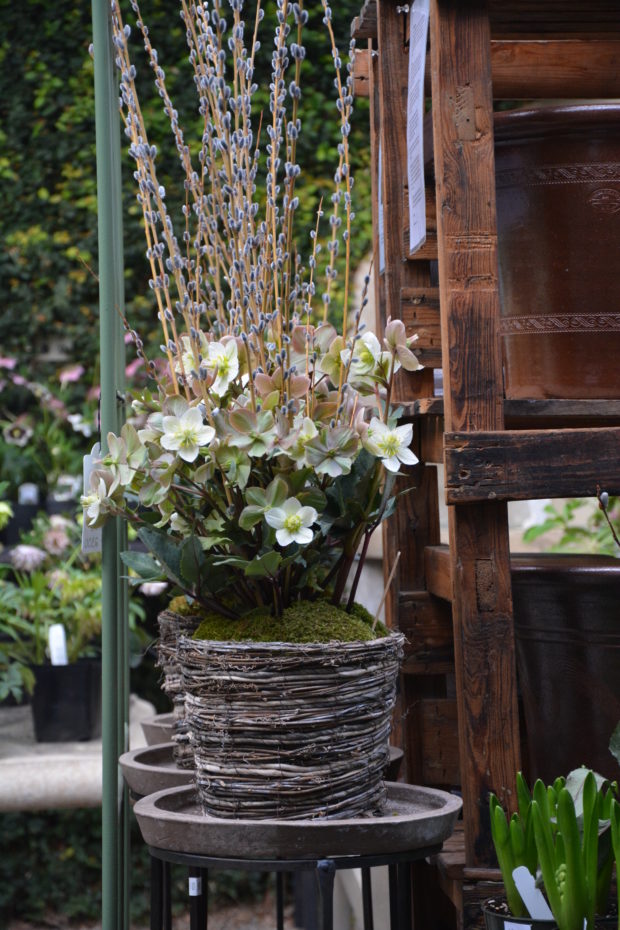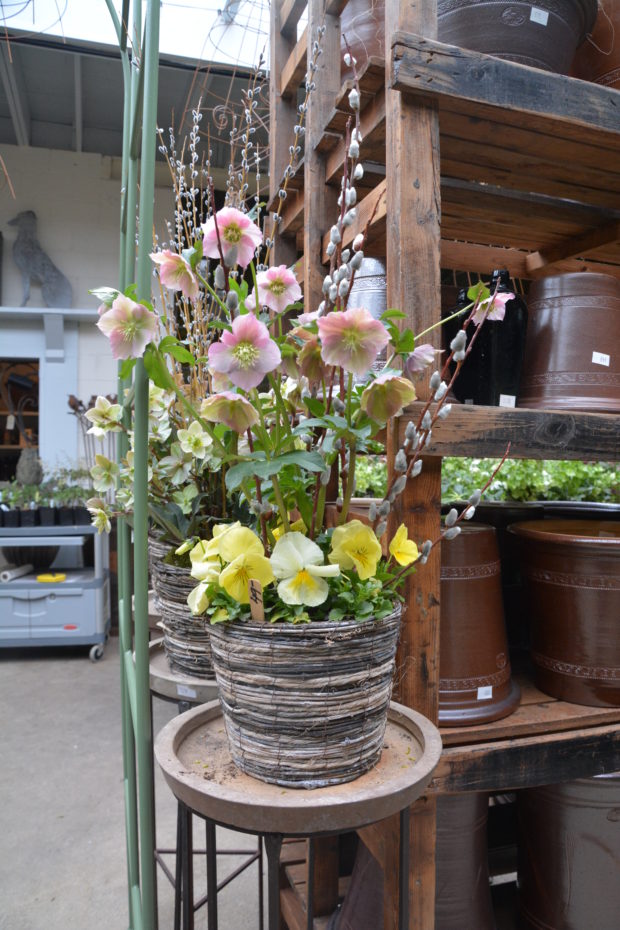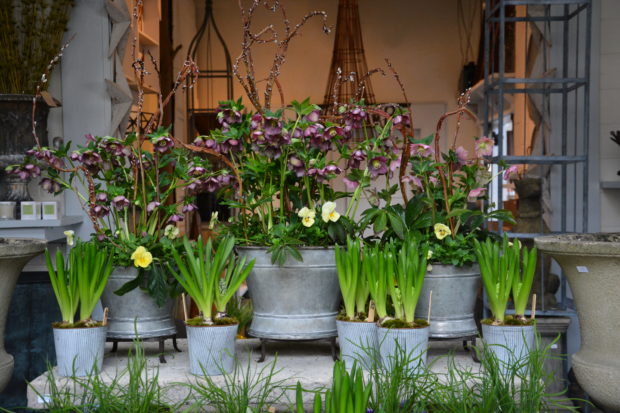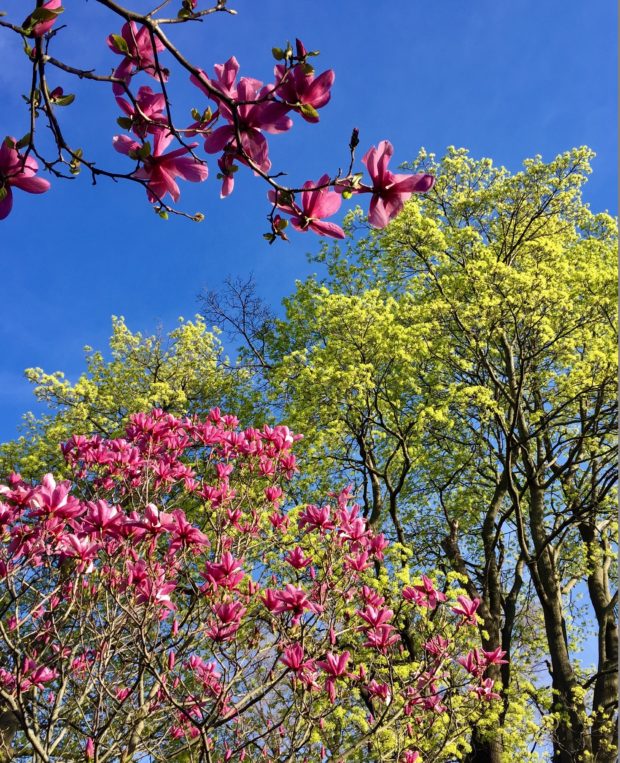 Once our season finally and resolutely turns away from winter and embraces spring, there is enough fresh heaven to make any gardener’s heart beat faster. The early blooming ornamental trees light up the springtime sky with masses of flowers overhead. The flowers of the magnolias, crab apples, cherries, apples, and dogwoods bloom with abandon.The lime green flowers of maple trees against the blue spring sky sing spring. The buds on the bare branches of deciduous shrubs swell, break dormancy, and begin to leaf out. The garden coming back to life is pure joy to the heart of a gardener. The wild flowers have been holding forth for at least a month. That substantial group we know as spring flowering bulbs are in the thick of their bloom. The lilacs are beginning to bloom; bravo, beloved syringa! Everywhere a gardener looks, there are plants growing and blooming. Intoxicating, this moment.
Once our season finally and resolutely turns away from winter and embraces spring, there is enough fresh heaven to make any gardener’s heart beat faster. The early blooming ornamental trees light up the springtime sky with masses of flowers overhead. The flowers of the magnolias, crab apples, cherries, apples, and dogwoods bloom with abandon.The lime green flowers of maple trees against the blue spring sky sing spring. The buds on the bare branches of deciduous shrubs swell, break dormancy, and begin to leaf out. The garden coming back to life is pure joy to the heart of a gardener. The wild flowers have been holding forth for at least a month. That substantial group we know as spring flowering bulbs are in the thick of their bloom. The lilacs are beginning to bloom; bravo, beloved syringa! Everywhere a gardener looks, there are plants growing and blooming. Intoxicating, this moment.
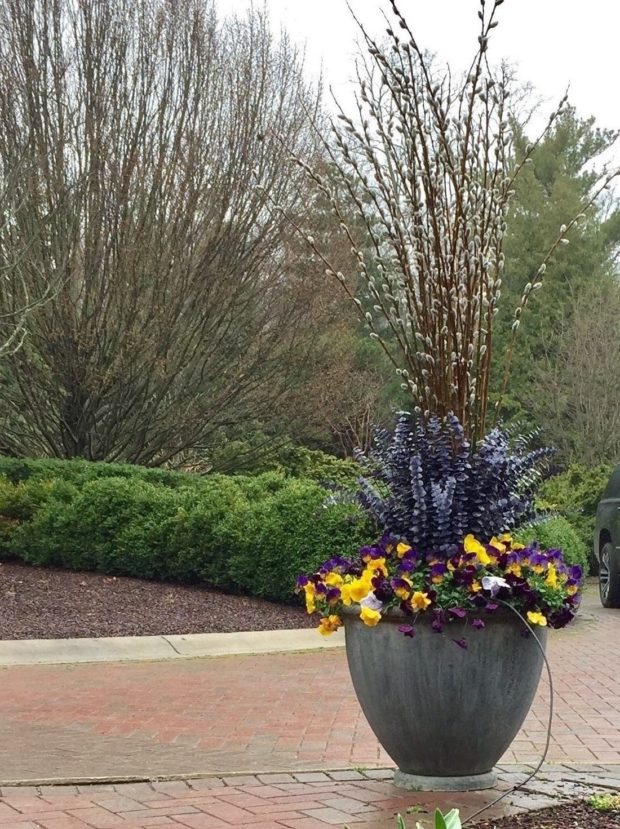 Our April may be and usually is rainy and cool. All the plants drink up the April weather. Every plant has its own schedule – no surprise here. Plants are very specific about what conditions they want to survive, grow and bloom. At this moment, every plant in the landscape is making their much anticipated yearly debut. Every individual voice is contributing to that symphony we call spring.
Our April may be and usually is rainy and cool. All the plants drink up the April weather. Every plant has its own schedule – no surprise here. Plants are very specific about what conditions they want to survive, grow and bloom. At this moment, every plant in the landscape is making their much anticipated yearly debut. Every individual voice is contributing to that symphony we call spring.
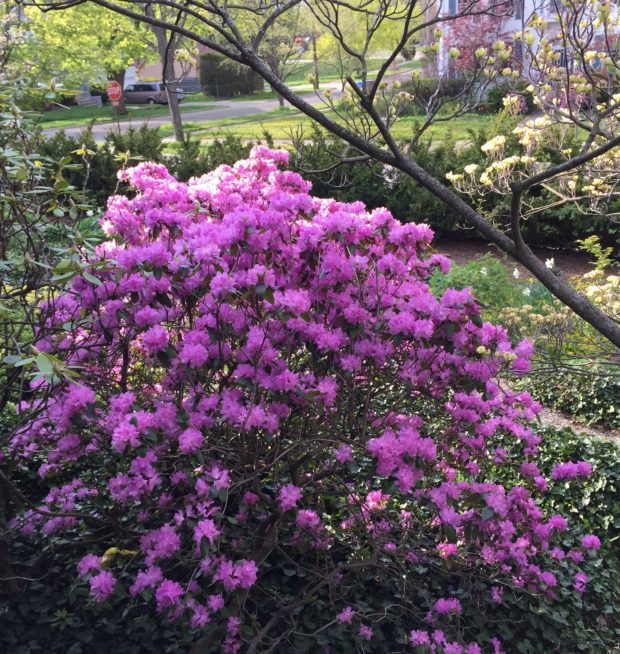 PJM rhododendrons tolerate our hot summers and frosty winters better than the big flowered and big leaved rhododendron maximum that grow like weeds to 15 feet in the warmer woods and gardens in Pennsylvania. I will confess I have a few of those big rhodies in my garden. I coax them along. But the PJM hybrid grows and blooms reliably. The flowers are an electric shade of light purple. If you like your spring served up with a side order of splashy, plant some.
PJM rhododendrons tolerate our hot summers and frosty winters better than the big flowered and big leaved rhododendron maximum that grow like weeds to 15 feet in the warmer woods and gardens in Pennsylvania. I will confess I have a few of those big rhodies in my garden. I coax them along. But the PJM hybrid grows and blooms reliably. The flowers are an electric shade of light purple. If you like your spring served up with a side order of splashy, plant some.
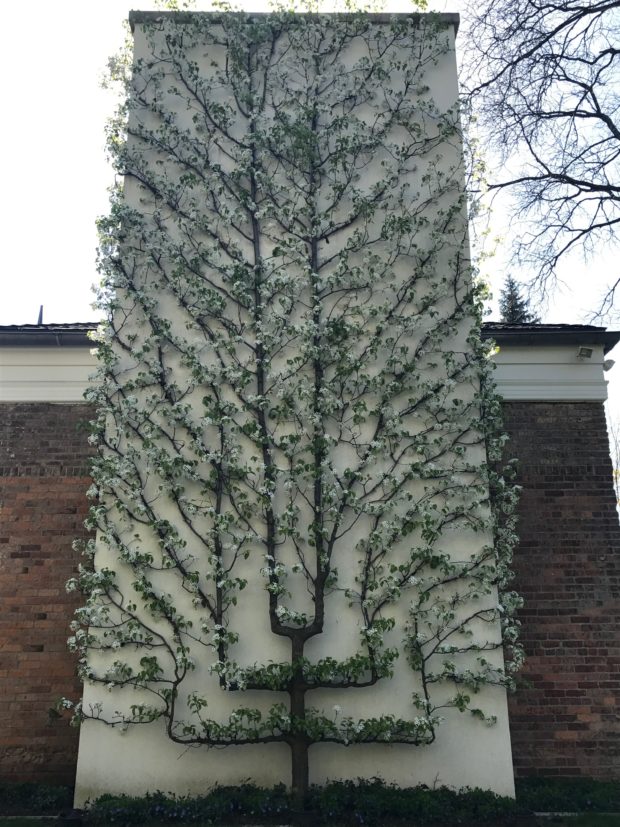 One of spring’s most breathtaking moments is an espaliered fruit tree in full bloom. Melissa and her sister own a celebrated landscape design/build and maintenance company in my area. She bought this espalier from Detroit Garden Works years ago, and has spent a good many more years training this tree to embrace her chimney at home. She put many years of thoughtful pruning to make this expression of spring what it is – sensational. I have never seen better. The big idea here is that an espalier of this caliber can be grown by anyone who is into the garden for the long haul.
One of spring’s most breathtaking moments is an espaliered fruit tree in full bloom. Melissa and her sister own a celebrated landscape design/build and maintenance company in my area. She bought this espalier from Detroit Garden Works years ago, and has spent a good many more years training this tree to embrace her chimney at home. She put many years of thoughtful pruning to make this expression of spring what it is – sensational. I have never seen better. The big idea here is that an espalier of this caliber can be grown by anyone who is into the garden for the long haul.
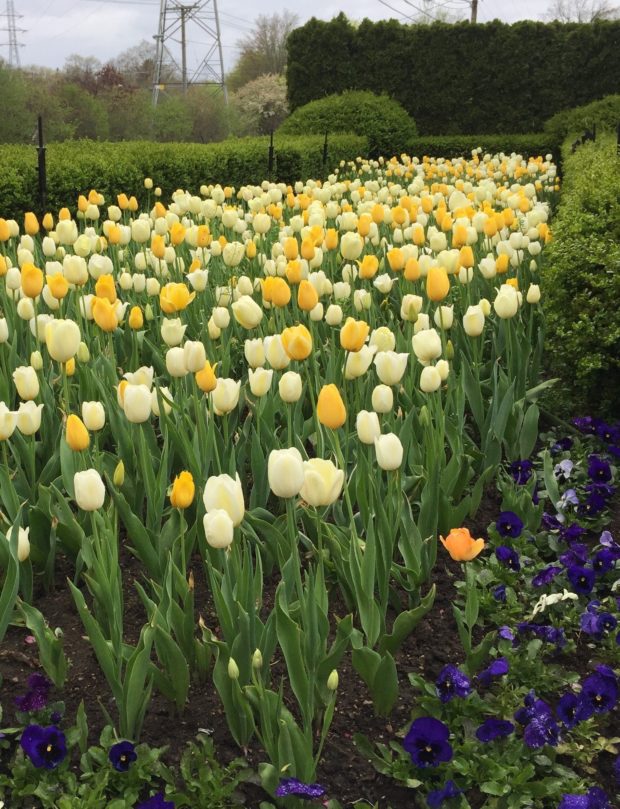 A mass of yellow and white tulips is as cheery as it is striking. Though the bloom time is fleeting, I cannot imagine a spring without tulips. This is a very dressed up and showy spring moment, whether you plant 60 or 600.
A mass of yellow and white tulips is as cheery as it is striking. Though the bloom time is fleeting, I cannot imagine a spring without tulips. This is a very dressed up and showy spring moment, whether you plant 60 or 600.
 The dogwoods are just now coming in to flower, and they are spectacular this year. Only one year in 3 or 4 do mine bloom this profusely. As long as the weather stays cool, the blossoms will hold. Cool spring nights lengthens the life all the early bloomers, much like a floral cooler extends the life of cut flowers.
The dogwoods are just now coming in to flower, and they are spectacular this year. Only one year in 3 or 4 do mine bloom this profusely. As long as the weather stays cool, the blossoms will hold. Cool spring nights lengthens the life all the early bloomers, much like a floral cooler extends the life of cut flowers.
 The peonies are not blooming yet – they will be the star of the June garden. But they are in season as cut flowers. These Coral Charm peonies bring the spring indoors. I was able to watch them open from the bud stage top the full blown flowers for over a week.
The peonies are not blooming yet – they will be the star of the June garden. But they are in season as cut flowers. These Coral Charm peonies bring the spring indoors. I was able to watch them open from the bud stage top the full blown flowers for over a week.
 The Branch Studio has a new line of contemporary pots and garden tables. Nothing says new better than a wall of Boston ivy leafing out, and ostrich ferns unfurling. Weeks ago we planned to photograph them in front of this wall as it was emerging. This early spring moment is to be treasured. Though I am as anxious as anyone else to be outdoors enjoying warm weather, the spring season is as much a time to appreciate the process of the greening, as it is a time to plan and plant.
The Branch Studio has a new line of contemporary pots and garden tables. Nothing says new better than a wall of Boston ivy leafing out, and ostrich ferns unfurling. Weeks ago we planned to photograph them in front of this wall as it was emerging. This early spring moment is to be treasured. Though I am as anxious as anyone else to be outdoors enjoying warm weather, the spring season is as much a time to appreciate the process of the greening, as it is a time to plan and plant.
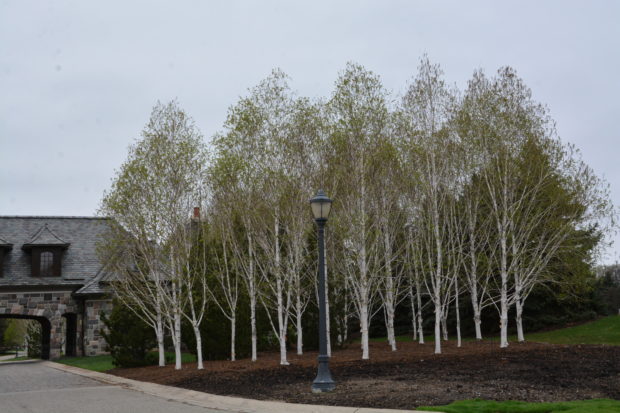 This block of Himalayan white barked birch planted 15 years ago is beautiful in every season. The spring show is about the catkins, or flowers. Hundreds of tiny flowers are arranged around a drooping spike. A catkin is as subtle as can be, but many thousands of them create haze of green that hovers above all of those stark white branches. A quiet kind of spring beauty, this.
This block of Himalayan white barked birch planted 15 years ago is beautiful in every season. The spring show is about the catkins, or flowers. Hundreds of tiny flowers are arranged around a drooping spike. A catkin is as subtle as can be, but many thousands of them create haze of green that hovers above all of those stark white branches. A quiet kind of spring beauty, this.
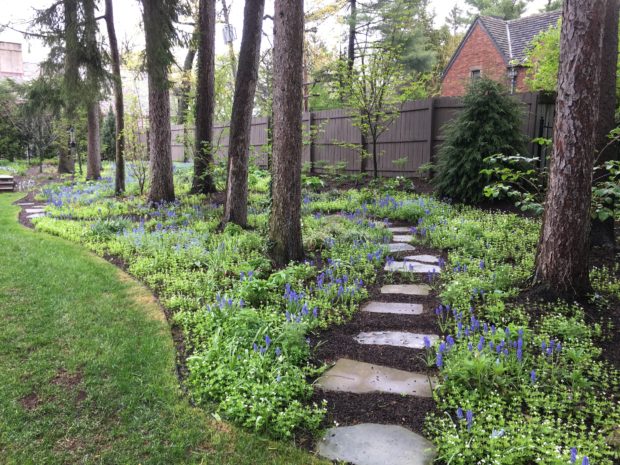 For a gardener who is looking to make changes in the design of their landscape and garden, now is the perfect time to focus intently on the part that plants play in creating structure and shape. The bare bones are greening up, and the perfect time to plant is just ahead.
For a gardener who is looking to make changes in the design of their landscape and garden, now is the perfect time to focus intently on the part that plants play in creating structure and shape. The bare bones are greening up, and the perfect time to plant is just ahead.
